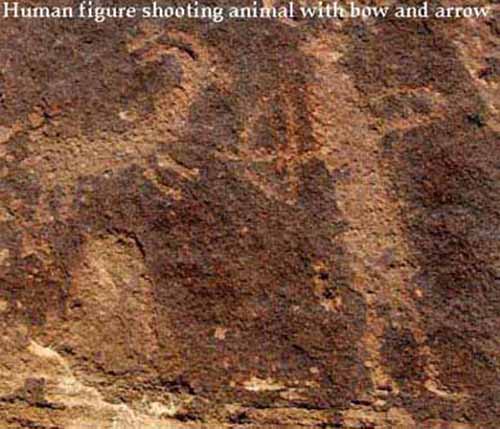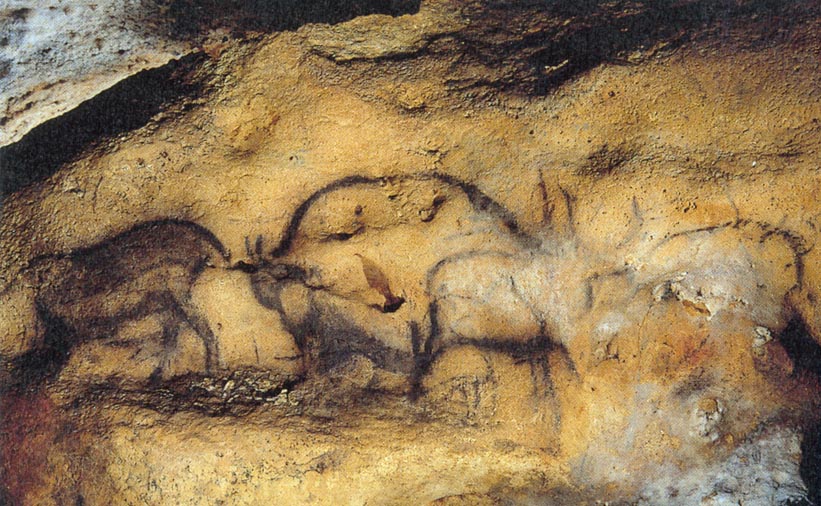 Indian sculpture
Indian sculpture developed with time to show more realistic picture & depict the picture of contemporary social life. As the life of people in India during ancient time was influenced by foreign themes, its traces can be found in Indian sculpture. As civilization progressed various impacts of it were left on the development of sculpture. So, the developmental stages in the history of Indian sculpture are a summarized impact of the passing time.
Religious linkage of art
Basically, in terms of themes and developments Indian art is considered as religious. To appreciate the sculptural art of India some background knowledge about the country`s faiths is required.kali Through the sculptures, the Hindu & Jain religions found their depiction at maximum level. In fact, the Jain and Hindu styles overlapped with each other to achieve greater extent in expression. Both of these styles overlapped to produce the elaborate all-over patterns carved in the forms of bands that became the feature of Indian architecture in later period. The sculptures of Jains are often found carved on a gigantic scale. For example: The marked feature of the art of them can be said as the domes that were constructed on the level of corbel stones. The earliest prehistoric sculpture in India was produced in stone, clay, ivory, copper, and gold.
Linkage with Social Context

The comprehensive analysis and chronology of the earliest known stone sculptures of India illustrates the deep rooting of its theme in the social context.vaman The north Indian City of Mathura is famous for sculpture dating prior to the Kushan period. It also includes numerous new attributions of objects that were based primarily on epigraphic and visual analysis. The sculptures attributable to these pre-Kushan periods reveal new evidence for the reasons behind the emergence of the anthropomorphic image of the Buddha at Mathura, the predominance of a heterodox sect of Jainism, and the proliferation of cults of nature divinities. All the information throws light on progresing civilization process that took place in India.
Today, most of the Indian sculpture is stored in a museum, is inevitably isolated from its original context.To understand and interprete the sculpture, it requires more research. To visualize the architectural setting, religious motivation & inspiration and to draw out its philosophical meaning becomes difficult when the sculpture is removed from its original placement. For understanding of the profound meaning and purpose behind producing art pieces, one has to revert back to sculpture of the prehistoric period (c. 3000-1500 BC) and the beginning of the historic era (4th century B.C.). Indian sculpture had started developing from the Indus Valley civilization during the 2nd and 3rd millenium BC. Some of the evidences of sculpture that remained today reveal the carvings of nature`s objects, deities, and animals.

-bronze-dancing Giving specific examples of this artwork found among the ruins of the Valley include the bust of a priest in limestone and a bronze-dancing girl. At the beginning of the 4th century BC, there was a spread of the Buddhism and its teachings. During this period, about 85,000 monuments were constructed with the image of Buddha and the central themes and teachings of Buddhism were engraved on many rocks and pillars.
God :Logical formation of concept
The study regarding the development of image worshiping in India using various media like terracotta, stone and bronze, some idea of the diverse forces that were acting on Indian thought, religion and iconography can be drown. A notable feature of Indian sculpture is that various aspects of Indian culture, folk and classical thoughts are reflected through the sculptures, which includes themes dealing with love of nature, sensuality, fertility, eternity and divine omniscience etc.

It is said that in the early phase, the concept of an "image" first developed in literary Shivasense and then the word gained a sculpted physical shape. Therefore, most of the times, it is based on an idealized human form. Natural forces were personified for the purpose of identifying them and then deified. Most early deities were therefore abstractions of natural phenomena like rain, water, earth and wind. These deities are in human form with additional attributes like multiple heads or hands with a belief that the deity will endow them with supernatural power. Even the concerned feelings with sensuality and fertility can be understood in the context of procreation and fecundity, which are fundamentally natural phenomenon. This symbiotic relationship can be understood from the manifestation in the imagery of yaksha-yakshi, the vanadevata concept of nature spirits and the mother goddess whose human imagery forms the major part of early Indian sculpture. Natural spirits were represented in sculpture by voluptuous female forms.
The most remarkable development in the history of Indian sculpture was use of colours in the sculptures. Indian art of sculpturing mixed with the painting to give more visual impact .In the production of the Ajanta caves and Buddhist monasteries and prayer halls the technique was used. The most important aspects of Indian sculpture is the images produced during the Buddhist and Hindu periods are on the wide range of existence. Some of the details about these images are known but it shows the relationship of its creation with the dominant religious ideas of that time.
As the ichnographically developed imagery of Hindu deities like
Shiva,

Vishnu and Durga developed mainly based on mythology of sect and beliefs that rooted into minds of people. Therefore, Indian sculpture can be considered as the vehicle or channel that strongly conveys these forces to the devote visiting to the temple. But the point that captures the sensibility is the eternal presence of the image and the awesomeness of the genius power enshrined in the image of the deity.
godThe real skills of the Indian sculptor can be found in his imagination & visualization of the deities` ideal proportions, youthful bodies and expressions. The extent of proportion that is fixed in the Shilpa texts i.e. manuals prescribing about proportions and iconography were strictly followed without much alteration in it. Generally, the deities were endowed with attributes and most iconographical details were already decided for the sculptors & he was bound to follow it. However, the expressions of various emotions, body flexions, yogic concentration and narrative compositions remained influenced by individualistic skills that allows the sculptors to experiment with the forms of sculptures. Sculptors tried at every age for infusing the deity with the breath of life or prana. Sculptures of deities with their consorts, celestial beings, couples directional deities, composite animals and decorative central ideas resulted in forming the mass of images that adorned the walls of the temples and their interiors. The deities were carved strictly as per the religious cannons and installed in sacred places by performing a special consecration ceremony.
NarshimaIn the 1st century AD, the theme behind the art has changed drastically where the human figure replaced the images of Buddha and his teachings. These images treating Buddha, as a human figure became important in all acts related with worshiping. To emphasize immortality of Buddha, images were created showing halos and engravings on his palms and feet. The Buddha statues that were created in the 5th century focus more on the details of facial expression & feelings rather than the body. As from the 4th to the 6th centuries, Hinduism was established as the India`s official religion, resulting in the production of numerous images of Hindu Gods and Goddesses. Most of the images from this period are found today in temples and museums throughout various parts of India.






































